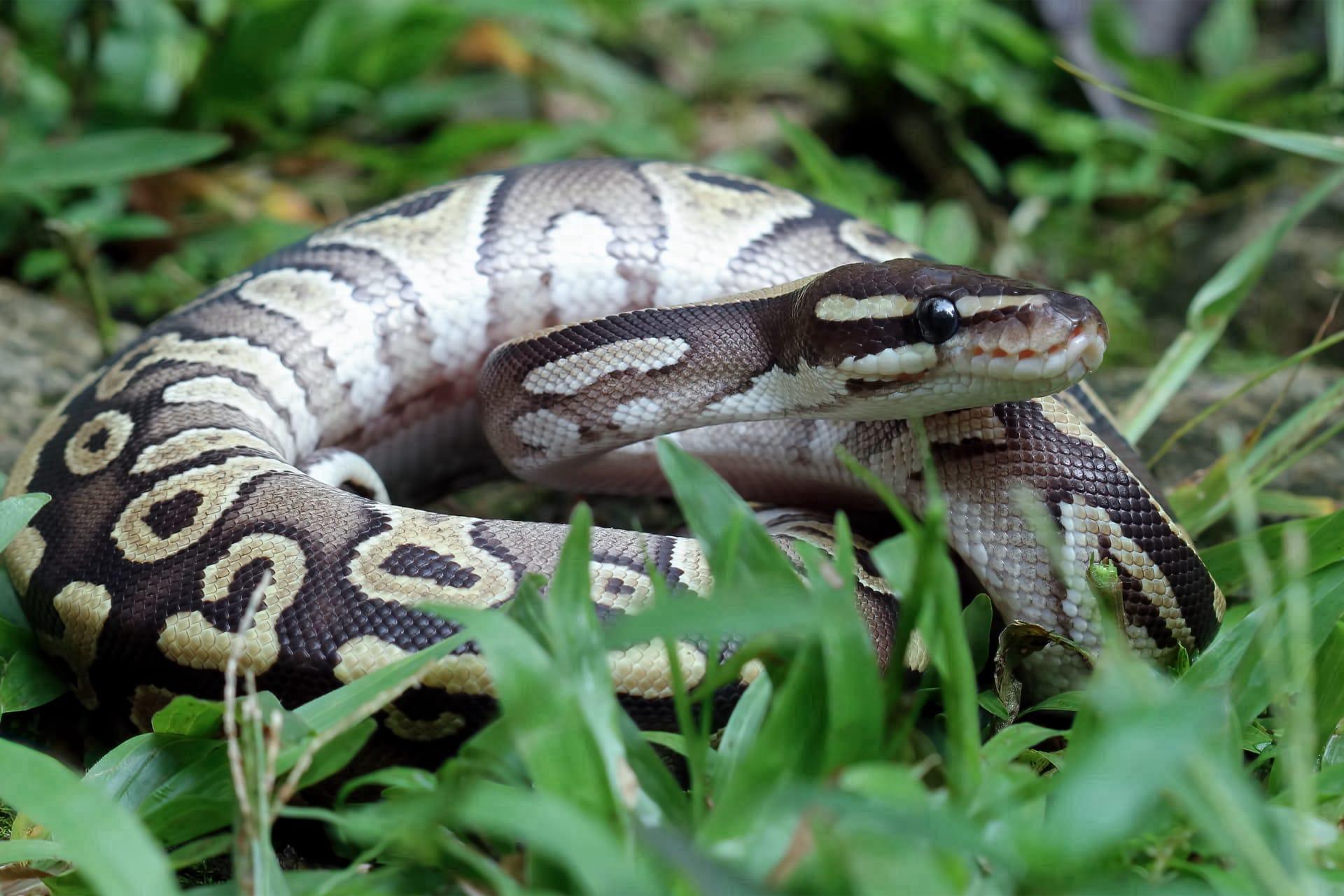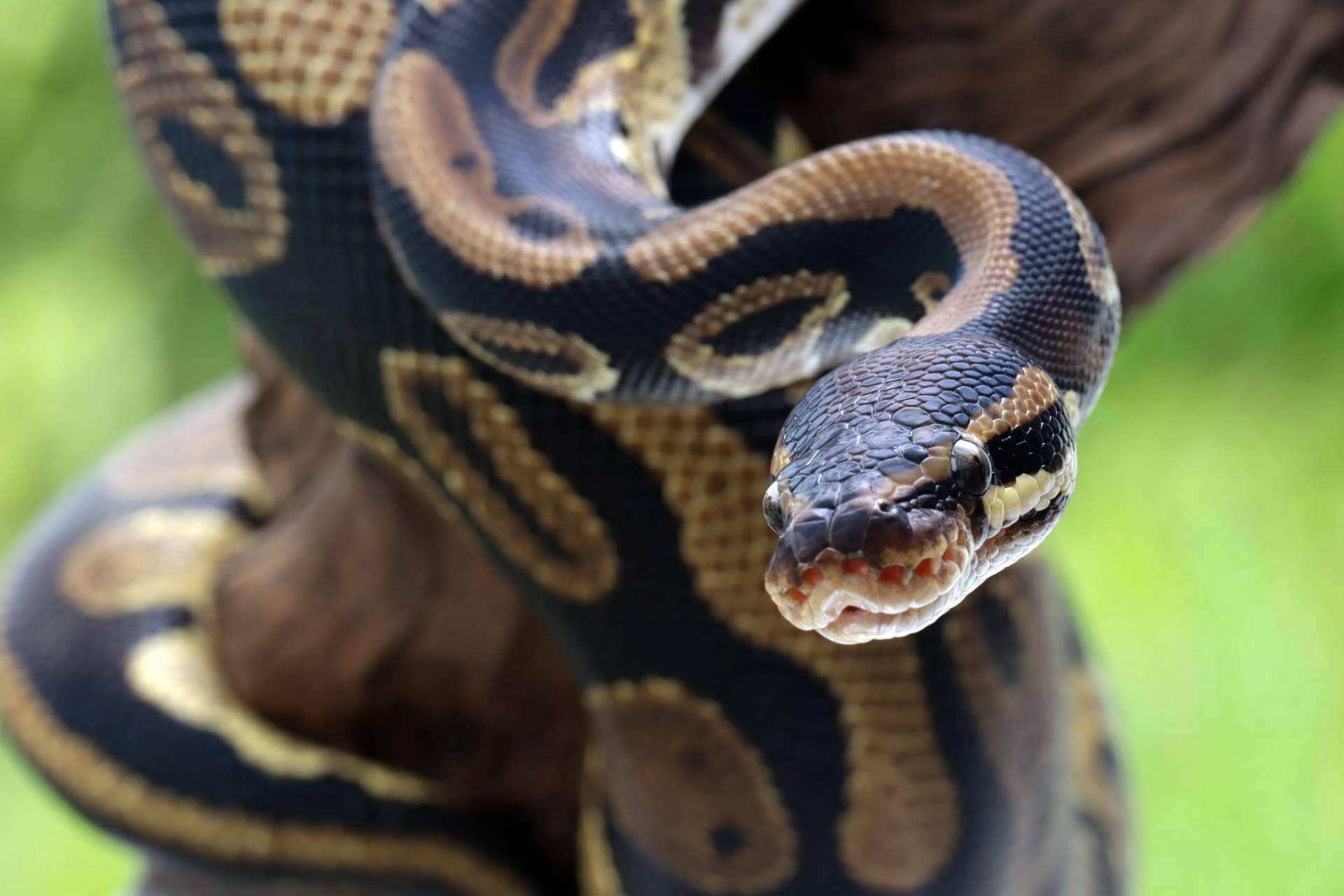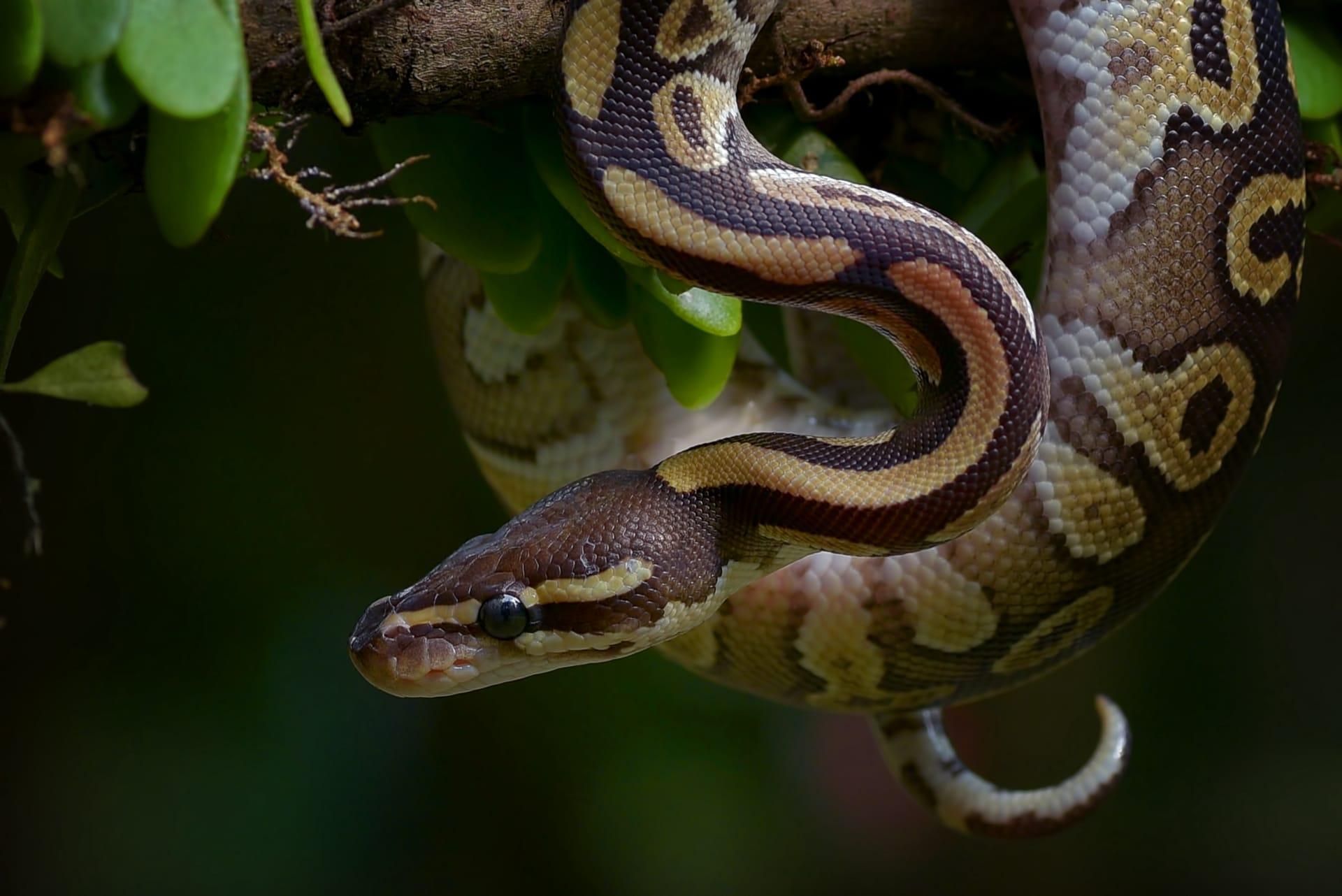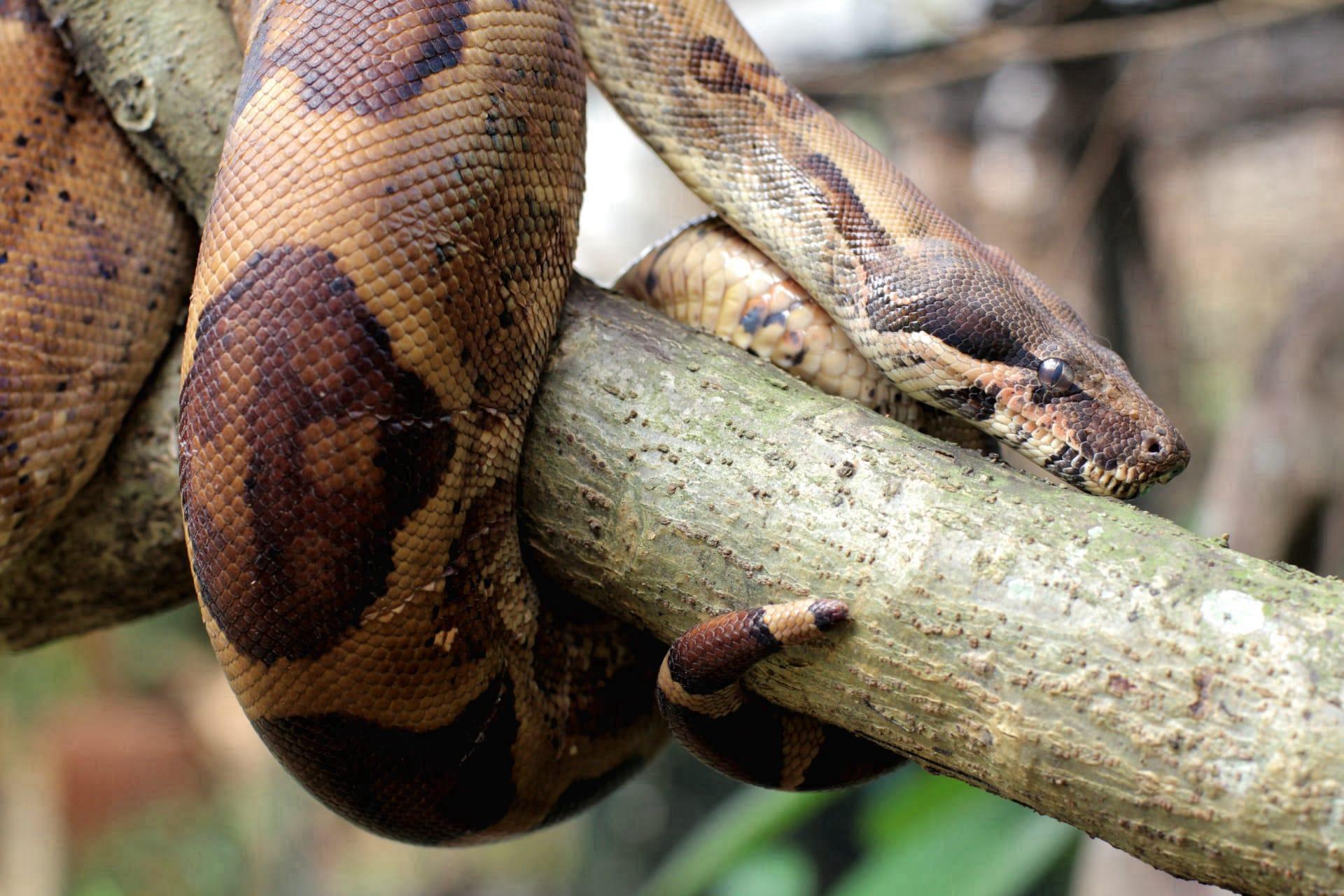Burmese Python
- Home /
- Mini Encyclopedia /
- Animal /
- Burmese Python
1
Burmese pythons, scientifically named Python bivittatus, are one of the largest species of snakes. Belonging to the family Pythonidae, they are known for their distinctive pattern of dark brown blotches bordered in black, set against a lighter background. These pythons can reach lengths of up to 23 feet (7 meters), with an average size ranging from 16 to 18 feet (4.9 to 5.5 meters). They are considered one of the five largest snake species in the world.
Originally from Southeast Asia, Burmese pythons are predominantly found in a range of habitats including grasslands, marshes, swamps, and river valleys. Their native distribution includes countries such as Myanmar (formerly Burma), Thailand, Vietnam, southern China, and Indonesia. However, due to the exotic pet trade, they have established invasive populations in other areas, most notably in the Florida Everglades in the United States, where they pose a significant threat to local wildlife.

2
Question: Do Burmese pythons kill their prey by crushing or breaking their bones?
Answer: Contrary to popular belief, Burmese pythons do not kill their prey by crushing or breaking their bones. Instead, they use a method called constriction. After grabbing their prey with their teeth, they coil around the animal and tighten their grip each time the prey exhales. This method effectively restricts blood flow, leading to unconsciousness and death due to circulatory collapse, not crushing or suffocation.

3
Burmese pythons have adapted several survival strategies that have allowed them to thrive in diverse environments. One key strategy is their ability to consume a wide range of prey. They are generalist predators, feeding on a variety of animals including birds, mammals, and even other reptiles. This dietary flexibility contributes to their success as an invasive species in non-native habitats.
Another survival strategy is their remarkable ability to go extended periods without eating. After consuming a large meal, a Burmese python can survive for months without food due to its slow metabolism. This trait is particularly advantageous during times of food scarcity. Moreover, they are excellent swimmers and can travel long distances in search of food, mates, or new habitats.

4
In their native ecosystems, Burmese pythons play a critical role as apex predators. They help maintain the balance by controlling populations of their prey, which includes a variety of smaller mammals and birds. This predatory role ensures the stability of the food web and prevents any single species from becoming overly dominant.
However, in non-native ecosystems like the Florida Everglades, Burmese pythons have become an ecological threat. They have no natural predators in these areas, leading to rapid population growth. This unchecked expansion has resulted in the decline of several native species, disrupting the local ecological balance and threatening biodiversity.

5
Film: "Invasion of the Giant Pythons" (United States, 2009) – This documentary, aired on PBS's "Nature" series, explores the impact of invasive Burmese pythons in Florida's Everglades. It highlights the challenges in controlling their population and the ecological consequences of their presence in this sensitive habitat.
Book: "The Burmese Python: Giant of the Everglades" (United States, 2013) by Jerry Walls – This book provides an in-depth look at the biology, behavior, and invasion of the Burmese python in the Florida Everglades. Walls combines scientific research with engaging narrative to explore the impact of these giant snakes.
Book: "Python: The Animal and Its Ecology" (United Kingdom, 2019) by Daniel Natusch and Jessica Lyons – Focusing more broadly on pythons, including the Burmese variety, this book delves into their natural history, behavior, and the ecological role they play. It offers a comprehensive view of these fascinating creatures, with a blend of scientific facts and engaging anecdotes.